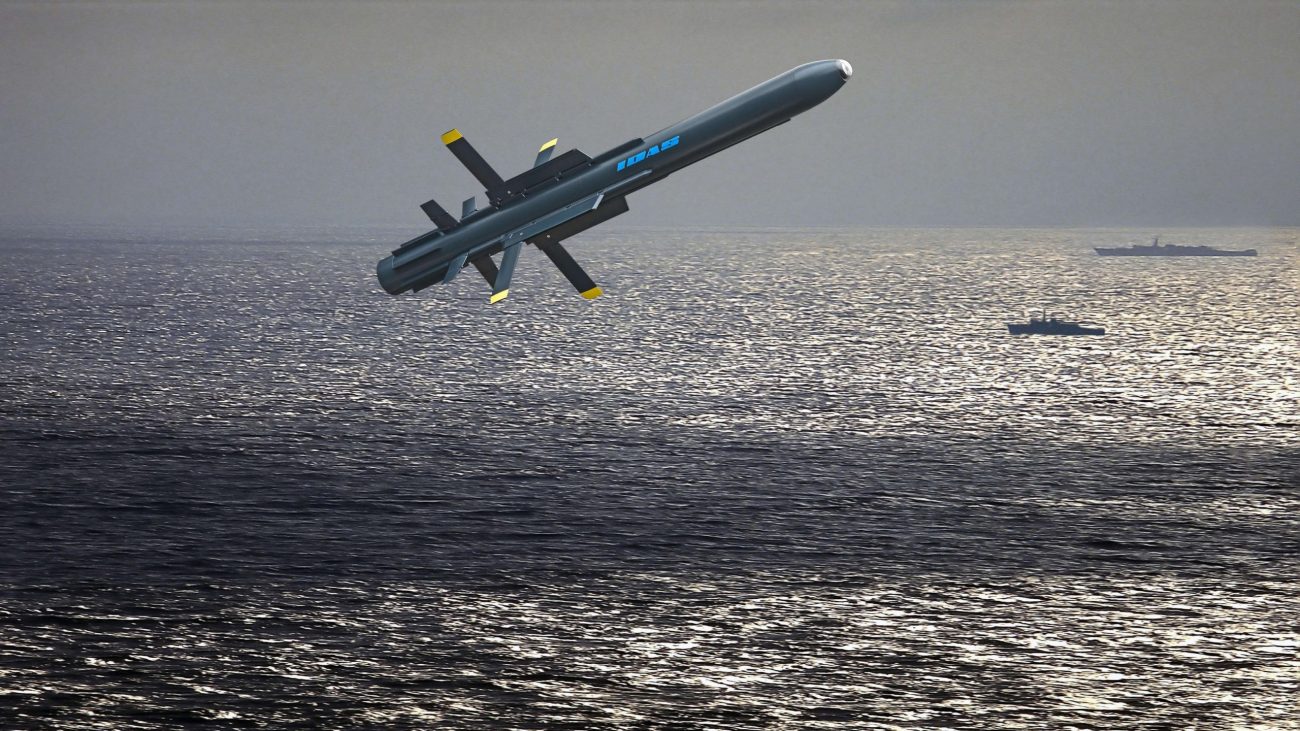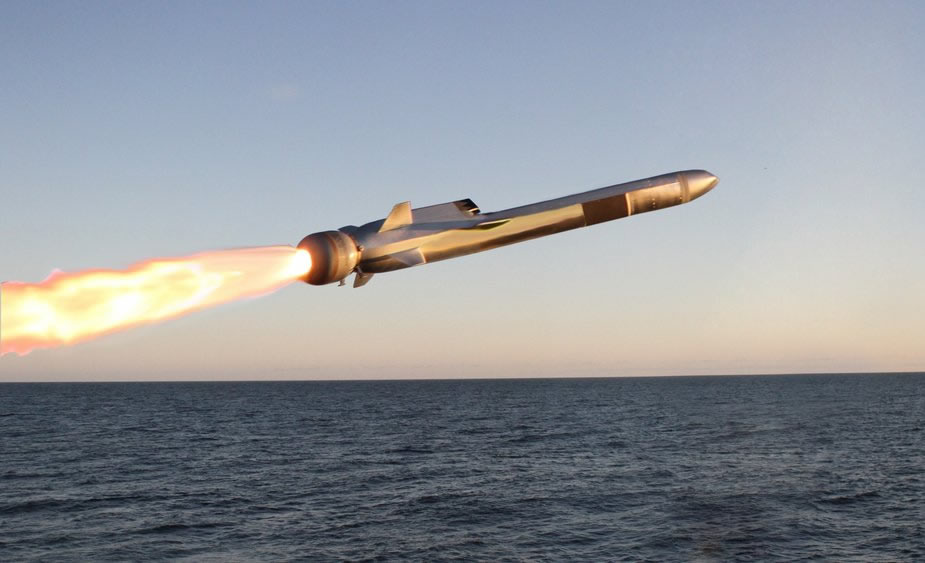A security agreement to be signed between China and the state of Solomon Islands has sparked widespread concern in the entire Pacific region, primarily in Canberra. The agreement is expected to allow China to deploy its naval ships and station troops in the region, just over 2000 kilometers from Australia.
Following the revelation of the draft agreement last month, a top Australian defense official warned that Chinese naval presence in the strategically located Pacific state would “change the calculation” for Australia’s military.
In the wake of these concerns and a frantic diplomatic activity taking place between the two Pacific states, Australia has now decided to fast-track the acquisition of anti-ship missiles to boost its naval capability and strengthen its defenses in the Pacific waters.
The Royal Australian Navy’s (RAN) Anzac-class frigates and Hobart-class destroyers will be equipped with the latest-generation Kongsberg Defence & Aerospace (KDA) Naval Strike Missile (NSM) Block 1A by 2024, about five years ahead of schedule.
The NSM will replace the RGM-84 Harpoon Block II anti-ship missile which is in service as of now. The Harpoon is an over the horizon, anti-ship missile capable of performing both sea and land-based missions with GPS navigation and an all-weather capability.
The new NSM Block 1-A missile is part of the AUD 3.5 billion (USD2.61 billion) modernization package for the Australian Defense Force (ADF) announced by the Department of Defense last week to protect Australia’s seaports and maritime approaches.

The package also includes AGM-158B Joint Air-to-Surface Standoff Missile – Extended Range (JASSM-ER) and an unannounced maritime mining capability.
“With Australia’s strategic environment becoming more complex and challenging, our ADF must be able to hold potential adversary forces and infrastructure at risk from a greater distance,” Australian Defense Minister Peter Dutton said. “These world-class strike weapon systems will equip our forces to better protect Australia’s maritime approaches and when necessary, contribute to coalition operations in our region.”
Australia’s national interests in the Pacific, which it has historically considered its backyard and natural area of influence, are threatened by China’s onward march to the Pacific and its growing influence with the Pacific Island Countries (PIC).
Canberra has also begun the process of designing and developing its own nuclear submarine with assistance from the United States and the United Kingdom under the AUKUS Pact, in a bid to create deterrence against China in the Pacific region where it has been steadily gaining ground.
Game-Changing Anti-Ship Missile
The procurement of the NSM Block 1A, which has an unclassified range of 124 kilometers, will more than double the maritime striking range of the RAN’s surface fleet, according to the Department of Defense.
The selection of the NSM Block 1A as the selected solution to replace Harpoon will result in the delivery of the RAN’s Project Sea 1300’s new-generation long-range maritime strike segment.
Sea 1300 is part of a broad cluster of RAN combat capability strands to be funded under an AUD 24 billion 20-year investment program announced in January 2021 as part of the 2020 Force Structure Plan to consolidate the development, management, and governance of the Royal Australian Navy’s (RAN) guided weapons.

The Naval Strike Missile (NSM) is a highly flexible system that may be fired from a variety of platforms and used to attack a wide range of targets. It has excellent agility, thanks to its airframe design and high thrust-to-weight ratio.
The missile is fully passive, has demonstrated exceptional sea-skimming capabilities, and can survive hostile air defenses thanks to improved terminal maneuvers. At sea or on land, the seeker’s Autonomous Target Recognition (ATR) ensures that the correct target is spotted, recognized, and hit with very high precision.
The combination of the NSM and the previously announced Tomahawk Cruise Missiles is the optimal capability mix for Australia’s needs, and it has been demonstrated in service with our major alliance partner, the United States, the Australian Defense Minister had earlier stated.

China could send military personnel to the South Pacific islands under the provisions of the agreement with the Solomon Islands in order to help maintain order in the region. It could also potentially send warships to the Solomon Islands for rest and replenishment, sparking rumors about the establishment of a Chinese naval station there.
However, the matter has inevitably sparked concerns among the western allies, Australia and the United States that remain wary of Chinese military ambitions.
A hostile power in possession of the Solomons, according to Anne-Marie Brady, a global fellow at the Woodrow Wilson Center in Washington and professor of politics at the University of Canterbury in New Zealand, would have a direct influence on sea routes linking South Pacific states.
Even though both China and the Solomon Islands have assured Australia’s leadership against a military deployment, Canberra is preparing against a potential PLA base in the region by acquiring long-range anti-ship missiles that would give more teeth to its Royal Australian Navy.
The tensions between Australia and China have been running high for a long time and the Chinese endeavor to set base near Australia is only going to exacerbate these tensions and lead to a swift arming of the Australian Defense Forces.
- Contact the author at sakshi.tiwari9555@gmail.com
- Follow EurAsian Times on Google News




